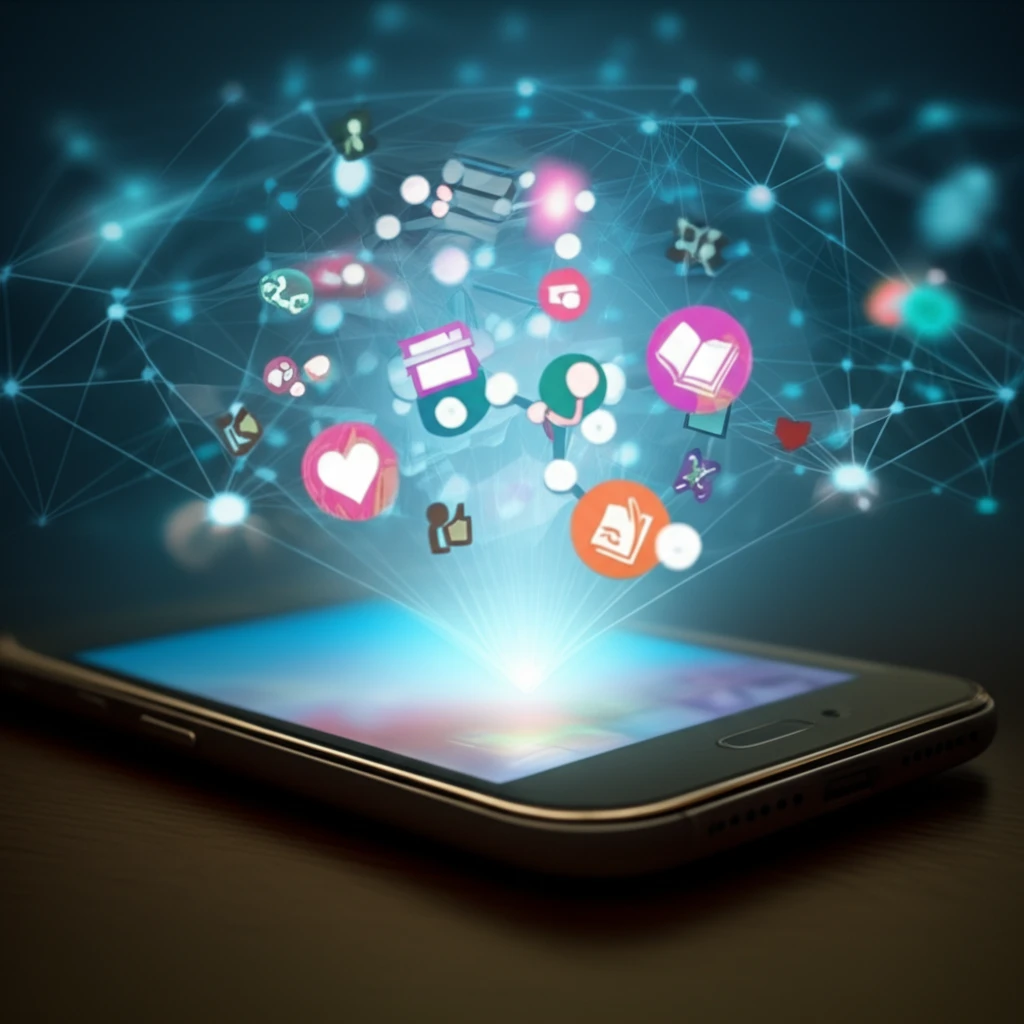
mHealth: The Digital Revolution in Adolescent Sexual Health?
"A New Review on the Impact of Mobile Health on Teen Sexual Well-being"
Adolescent sexual and reproductive health (ASRH) is a critical public health concern worldwide. Adolescence is a time of significant curiosity, experimentation, and a strong desire for information. Social interactions and relationships during this period are heavily influenced by the information teens receive, making effective ASRH programs essential.
With the widespread adoption of mobile phones, new opportunities have emerged for delivering health interventions. Mobile health (mHealth) solutions are being explored to promote ASRH, particularly among adolescents and young adults. This article reviews the potential and impact of mobile health (mHealth) for ASRH promotion, based on analysis of secondary data from published literature.
Mobile health (mHealth) involves using mobile communications technology and portable electronic devices, such as personal digital assistants (PDAs) and mobile phones, to deliver health services and information. With approximately 5 billion mobile phone subscriptions worldwide, and about 60% of these users in developing countries, mobile phones are seen as a viable way to support healthcare services, including sexual and reproductive health (SRH).
Does mHealth Really Change Teen Behavior?

While mHealth interventions have proven effective in boosting knowledge, translating that knowledge into actual behavior change is more complex. Studies examining the impact of mobile phone interventions on adolescent sexual behavior show varied results. The sexual behaviors most often studied include condom use, number of sexual partners, STI testing, clinic attendance, and seeking sexual health information.
- Roses are red, daises are white, use a condom if you get lucky tonight. Happy Valentines Day!
The Future of mHealth in Teen Sexual Health
This review shows that mHealth interventions can improve knowledge and positively influence some sexual behaviors, the effects are not consistent across all areas. STI testing and seeking sexual health information see improvements, condom use and sex-partner behavior do not always follow suit. More research is needed to understand why these differences occur and to create more effective interventions.
Future studies should separate results by gender to better identify specific needs. There is also a need to research how mHealth can be used for adolescent sexual health in developing countries. Randomized controlled trials (RCTs) are essential to establish clear cause-and-effect relationships.
Mobile phones offer a powerful way to connect with teens because they are enthusiastic about new technology. While mHealth is not a “magic bullet,” it can help overcome barriers, increase access to sexual health information, and encourage positive sexual behavior among adolescents and young people.
